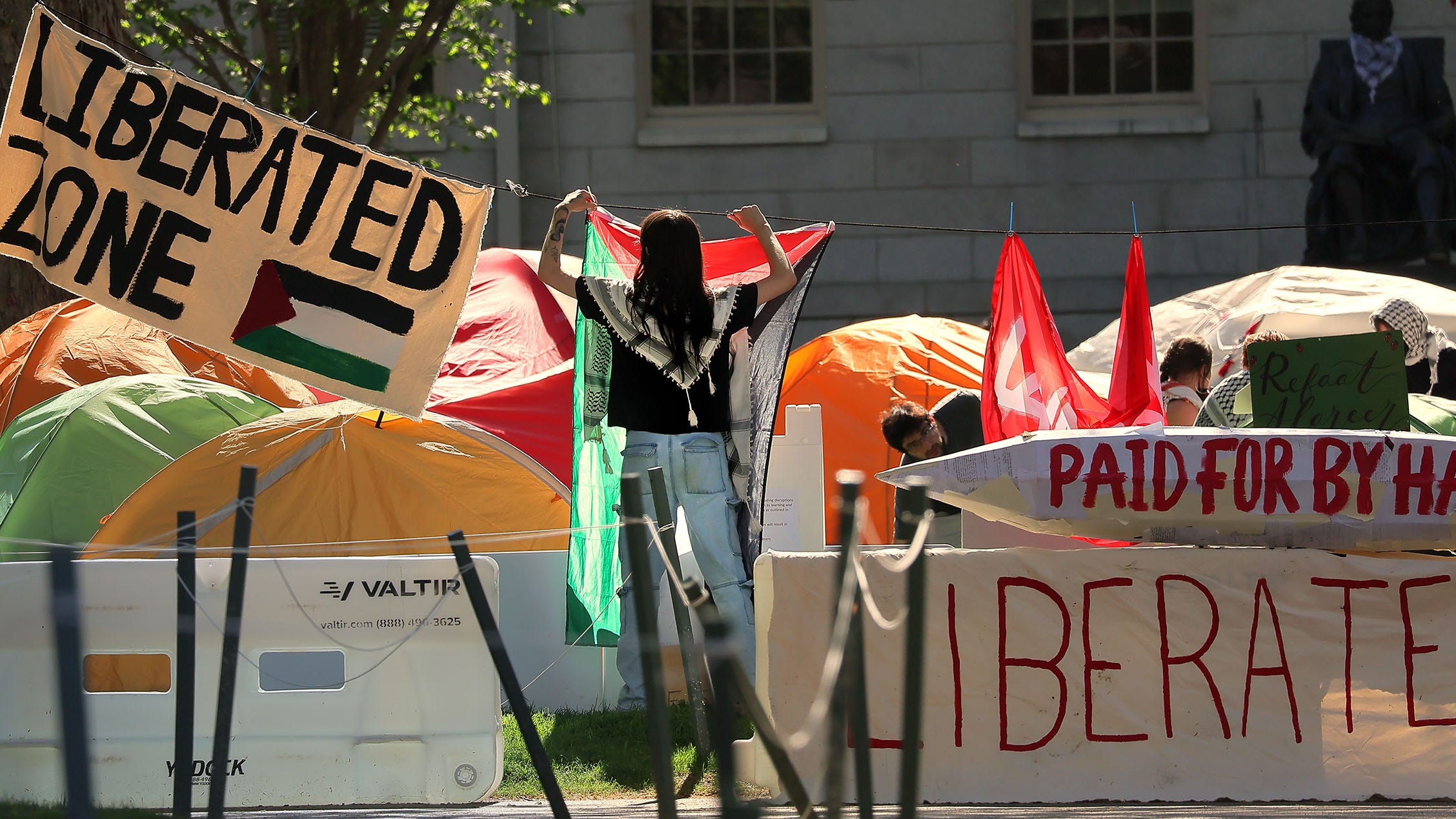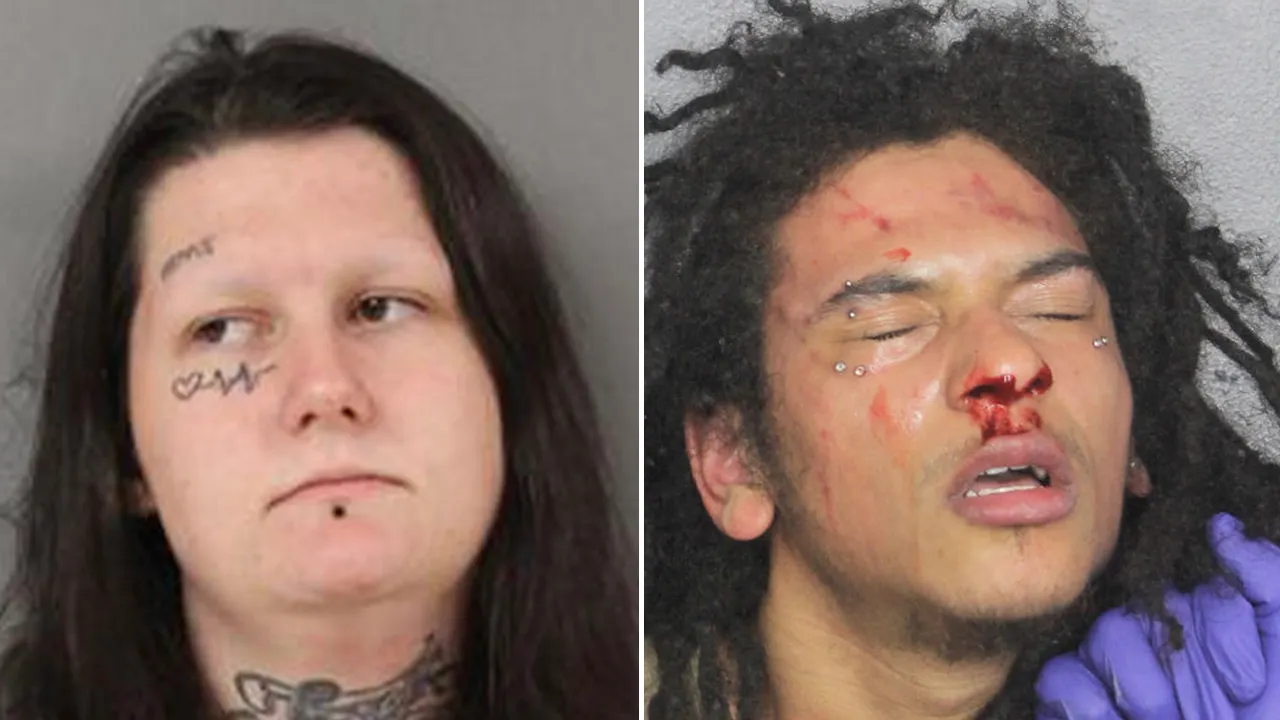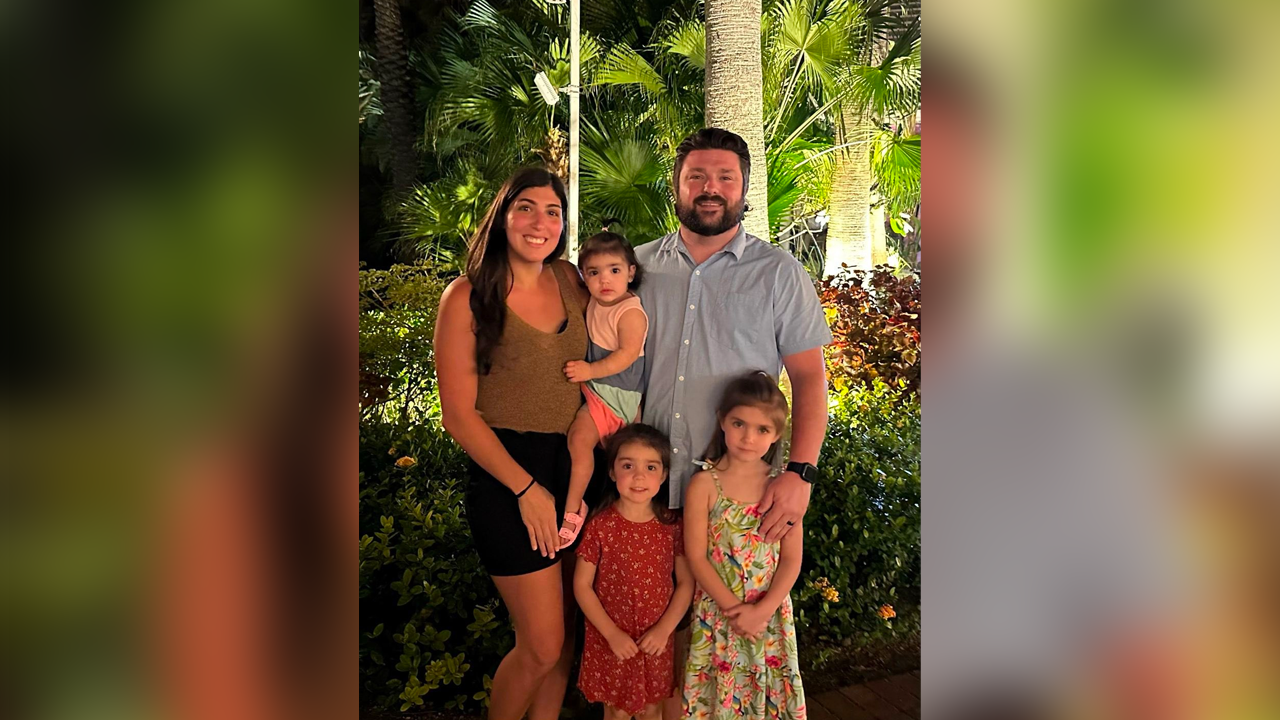As dawn broke on Thursday, Haitham Abu Ammar combed through the rubble of the school that had become a shelter to him and thousands of other displaced Gazans. For hours, he helped people piece together the limbs of the ones they loved.
“The most painful thing I have ever experienced was picking up those pieces of flesh with my hands,” said Mr. Abu Ammar, a 27-year-old construction worker. “I never thought I would have to do such a thing.”
Early on Thursday, Israeli airstrikes hit the school complex, killing dozens of people — among them at least nine militants, the Israeli military said.
Over the course of the day, corpses and mangled limbs recovered from the rubble were wrapped in blankets, stacked in truck beds and driven to Al Aqsa Martyrs Hospital, the last major medical facility still operating in central Gaza.
Israel’s military described the airstrike as painstakingly planned. Rear Adm. Daniel Hagari told reporters that Israeli forces had tracked the militants in the school-turned-shelter for three days before opening fire.
“The Israeli military and the Shin Bet found a solution to separate the terrorists from those seeking shelter,” he said.
But accounts from both local and foreign medics, and a visit to the hospital by The New York Times on Thursday afternoon, made clear that civilians died, too.
Outside the hospital morgue, crowds gathered to weep and pray over the dead. Hospital corridors were crowded with people pleading for help, or at least a little comfort.
A young girl with a bloodied leg screamed, “Mama! Mama!”, as her sobbing mother followed her through the hospital corridors.
The precise toll could not be verified, but the Gaza Health Ministry said that of the roughly 40 people killed in the attack, 14 were children and nine were women. Later in the day, The Associated Press reported different numbers, saying at least 33 people died, including three women and nine children, citing the hospital morgue.
Al Aqsa Martyrs Hospital has become a symbol not just of the heavy loss of life in central Gaza, but also of the increasing sense of desperation among Gazans struggling to find a place there that is still safe.
In the past few weeks, the region has swelled with people fleeing another Israeli offensive, this one in the southern city of Rafah. Before that offensive began, Rafah was the main place of refuge for civilians, at one point holding more than half the population of the Gaza Strip.
Then on Wednesday, Israel announced that it had started a new operation against Hamas militants in central Gaza — the very place where many Gazans who had fled Rafah had ended up.
The strike on the school complex came early the next day, around 2 a.m. It hit a building at a complex run by UNRWA, the main U.N. Palestinian aid agency in Gaza.
Since the Israeli offensive in Gaza began in October, in retaliation for a Hamas-led attack on Israel, such schools have been used to shelter Gazans forced from their homes by the fighting. Israel says Hamas hides its forces in civilian settings like schools or hospitals, an accusation the group denies.
In the past two days of the new military campaign, Al Aqsa took in 140 dead and hundreds of wounded, health workers said.
“It’s complete chaos, because we have mass casualty after mass casualty, but less and less medical supplies to treat them,” said Karin Huster, a nurse with the international aid group Doctors Without Borders who has been working as a medical coordinator at the hospital.
During the visit to Al Aqsa by The Times, medics could be seen pushing through crowds of panicked people to try to reach operating rooms, delayed by the sheer mass of people. Amid the confusion, Ms. Huster said, medics sometimes brought mortally wounded people into operating rooms, wasting vital time for those who still had a chance at survival.
Ms. Huster said that the majority of people she had seen in the past few days were women and children.
By early afternoon Thursday, after burying a friend he pulled from the rubble of the school complex, Mr. Abu Ammar found himself once again at the hospital.
This time, he was accompanied by the friend’s brother, whom he was trying to cram into a hallway near the entrance. The brother’s face was cut by shrapnel, and he had a deep gash in his right leg.
But he was not the only one desperate for help.
All around them were wounded people, some lying in their own blood on the floor, others on beds calling for help. A man whose face was blackened with burns and dust from the explosion that morning begged two relatives who were with him to fan his face with a piece of cardboard they were waving over him.
The scenes among the dead in the morgue were almost as chaotic as those among the living. Bodies lay everywhere, as relatives crowded in, weeping and screaming over them. The stench of blood was overpowering.
Crowds outside the morgue ebbed and flowed as bodies wrapped in blankets — shrouds were in short supply — were lifted onto pickup trucks to be taken for burial. Relatives and friends lined up to pray before the dead were driven away. Even passers-by on the street stopped to join in.
“When is it too much?” Ms. Huster said. “I don’t know anymore how I can phrase this so that it shocks people. Where has humanity gone wrong?”
June 7, 2024
:
An earlier version of this article referred imprecisely to Karin Huster’s role. She is a nurse with Doctors Without Borders but was not working as one at the hospital. She said that the majority of people she had seen in the past few days, not that the majority of people she had treated, were women and children.
How we handle corrections






